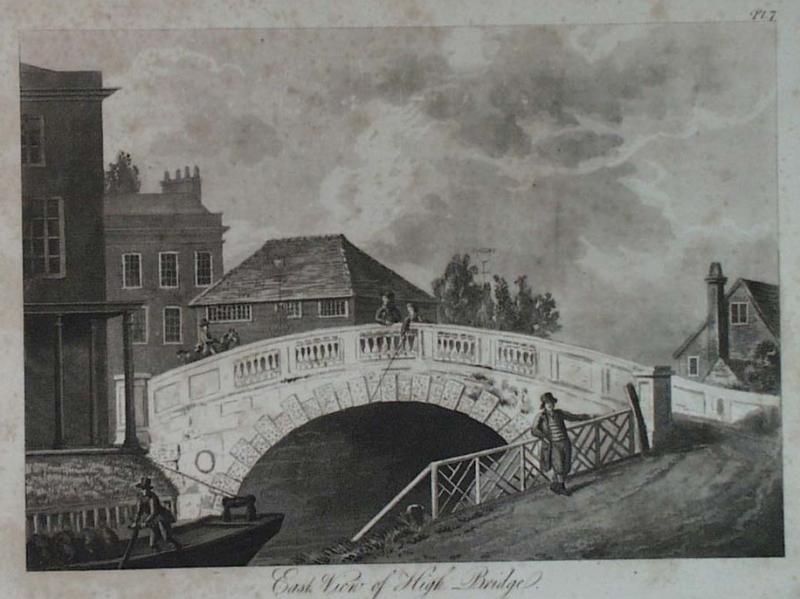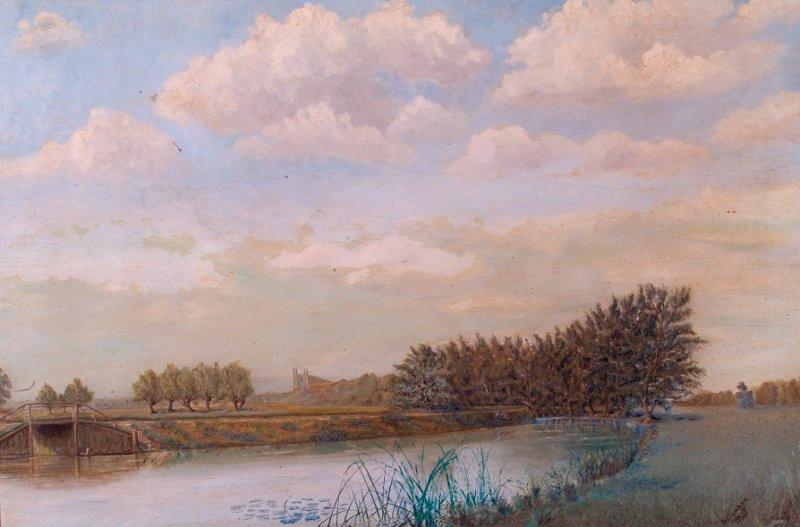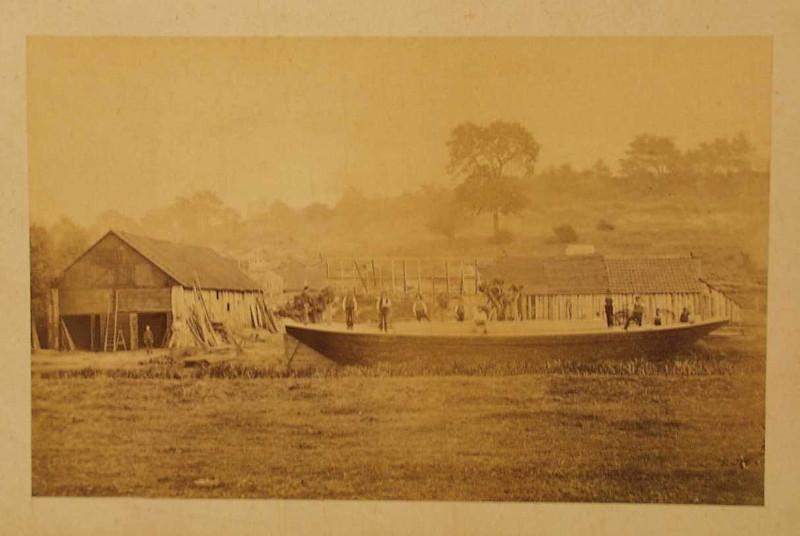A guest blog written by Matthew Girling on behalf of the Kennet and Avon Canal Trust. Header image credit: Chris Slaney.
It seems that relatively little occurred in 1723. Few births and deaths appear to be of what we’d now consider to be household names, and – other than the odd battle here and there – relatively few notable events occurred. Except one, of course.
This year marks the tricentenary of the opening of the Kennet Navigation. Almost one hundred years before John Rennie’s Kennet & Avon Canal project linking the south of the country, the River Kennet was canalised between Reading and Newbury. The project has its roots in a bill of 1708, and an Act of Parliament was passed in 1714 which authorised “certain gentlemen to make the river navigable for vessels, to use such navigation in such manner as they shall think fit, and to build so many bridges, sluices, locks, wharves and warehouses as and where they think fit or convenient” with an initial deadline of 1 June 1721.

East View of High Bridge, Reading, published by Snare and Man, 1816. Note the canal barge on the River Kennet. Museum object no. 1931.40.2
A rocky start...
The initial proposal was considerably different to what we now know as the navigation – it would have had locks to bypass mill weirs along the river, using the natural course of the waterway for its entire length. The bill received Royal Assent on 21 September 1715 and construction started soon thereafter. As with many navigation schemes, millers and local landowners were staunchly against the plans; they had seen how flash locks at weirs on the Thames wasted water, inconvenienced millers, and flooded riverside pastures. The Kennet scheme, however, was to use pound locks (with gates at either end) which would reduce impact on the millers as water was used more efficiently. Additionally, as an attempt to appease objectors, manure and other agricultural goods would be carried toll-free.
Regardless, these early works on the river were poorly executed; in three years those undertaking the works had spent £10,000 and only constructed a few locks. These were local men, including labourers Mr Potenger from Sulhamstead and Mr Lawrence of Burghfield, as well as carpenters Mr Hughes of Shenfield, Mr Grace of Midgham, and Messrs Saxon and Slade of Newbury. They were all dismissed because of their expensive, slow, and substandard work.

Oil on canvas 'Kennet from Weir Mill', this is now Southcote Mill, painted by local artist Samuel Camden in 1907. Museum object no. 2006.75.1
A different approach...
In 1718, John Hore of Thatcham was appointed as the engineer. Hore was familiar with the river, being part of family of maltsters at Ham Mill near Thatcham. He was well educated and technically proficient – but what was it on his CV that helped him clinch the £60-a-year-plus-expenses job? Well, his dad was on the committee! Hore scrapped the original plan of making the entire river channel navigable, instead digging cuts to bypass meanders and mills, using the river channel only when it was sufficiently straight. Almost two-thirds of his 18-mile scheme would be artificial canal, on which he would build twenty pound locks. Resentment about the project continued, and in 1720 a crowd marched from Reading to the site of construction outside the town in order to sabotage the works. Law officers sought to prosecute those involved in the 300-strong mob until it transpired that the Mayor of Reading, Robert Blake, was one of the instigators! The same year, the company overseeing the project had a bit of a reshuffle and appointed someone to oversee finances. Until then, Hore himself had negotiated with landowners and had built up quite a list of expenses.
It may not be surprising to read that, in a manner which we seem to have not overcome, that the project was running late and had gone over budget. Apparently, the construction was setback by seasonal flooding… who’d have foreseen that!? An updated Act was passed in March 1721 to extend the deadline to 1 June 1723. Reporting progress in July 1721, Hore wrote:
“Sheffield and Widmead Cutts are opened, and the two large boats employed raising Colthrop Banks, the dams are made, the screw fixed, and the great part of the lock taken up at Aldermaston and I hope next week to begin at Padworth. The lock for Fobney and the part for South Cutt are framed, as are the timber work for the two brick locks to be placed in Padworth field except the gates etc. which must be those from the old locks when taken up and altered.”
The old locks he referred to were those used in his predecessors’ attempts.

A barge under construction on the River Kennet, taken around 1860. Museum object no. 1949.6.1
The navigation opens...
The navigation opened in 1723, apparently without fanfare or the need to amend the deadline once again. Unfortunately, after the navigation’s opening all wasn’t well for Hore – he was unable to provide proof of all his expenditure and the company dismissed him. It took a decade of legal action for him to receive his dues and be reappointed as surveyor (with an increased salary of £100 a year). Hore died in 1761, having been involved in the Kennet for most of his life. John Rennie is the name most will associate with the Kennet and Avon Canal – but without a chap from Thatcham who dug some ditches 300 years ago this year, we wouldn’t have the waterway we know and love today.
Find out more
This guest blog was written by Matthew Girling on behalf of the Kennet and Avon Canal Trust, a charity that restored the canal running from Bristol to Reading into the thriving waterway that can be enjoyed today. Now the Trust works to promote the Kennet and Avon Canal to the benefit of all its users, the communities through which it passes, and its heritage. You can find out more by visiting the Kennet and Avon Canal Trust website.
During summer months you can also visit our small Riverside Museum at Blake's Lock to find out more about the story of Reading's two rivers - the Kennet and the Thames.





